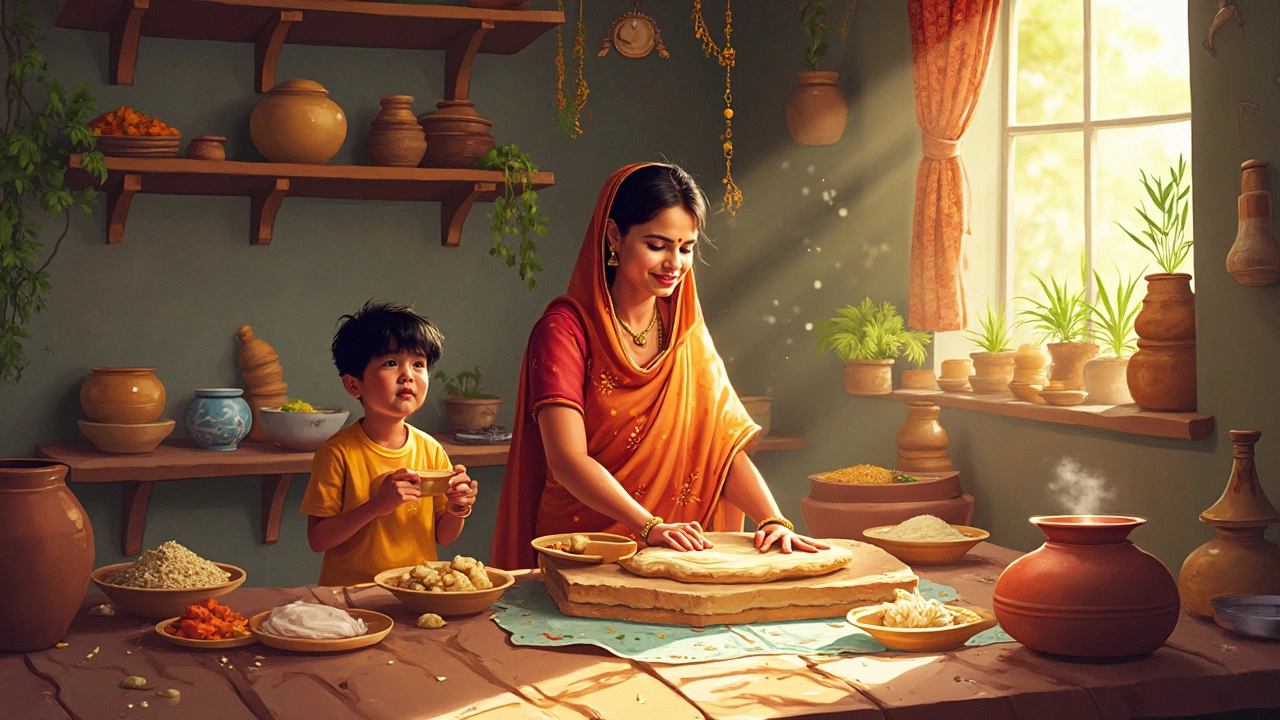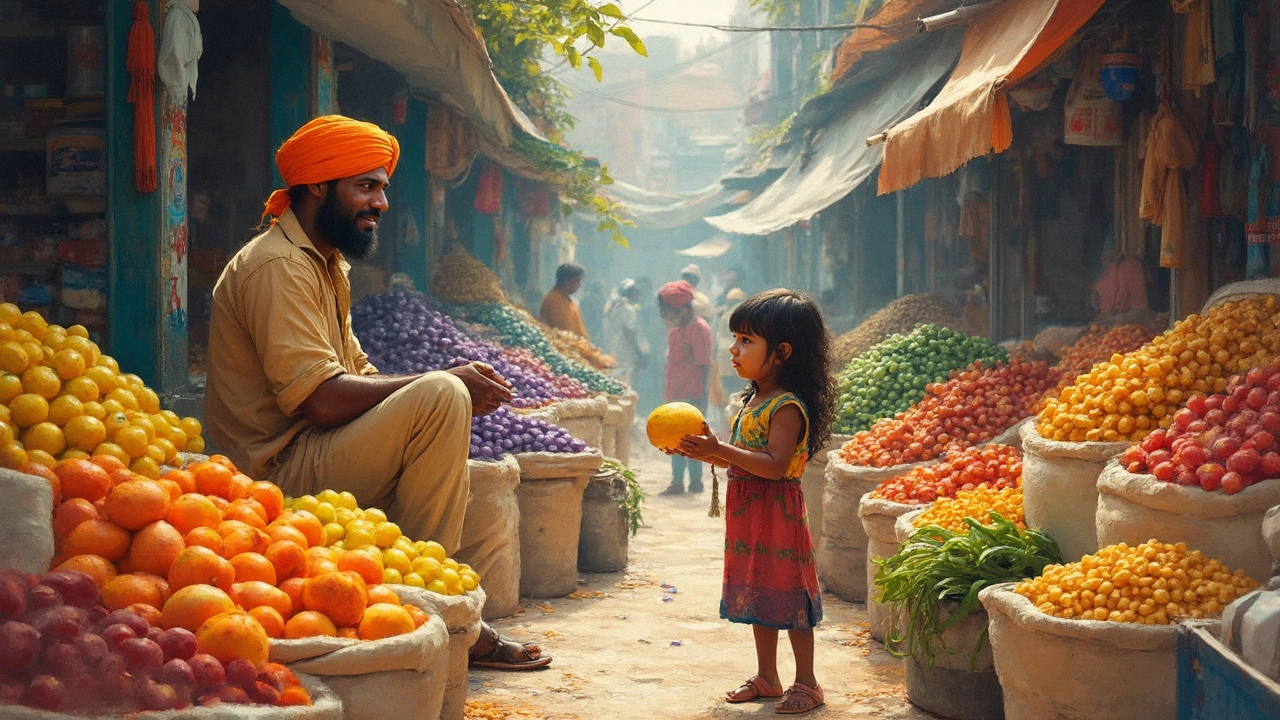Basic Operations of Food Processing: A Simple Guide

Ever wondered how food goes from raw ingredients to something you can actually eat? Well, that's where food processing comes in! It's a bit like a magic trick, but instead of pulling rabbits out of hats, industrial machines and a bit of science transform raw materials into delicious and safe-to-eat products. Let’s be honest, nobody wants dirt or bacteria with their veggies, right? So the first step, cleaning and sorting, gets rid of all those unwanted bits.
Think of it like washing your fruits before eating them, but on a much bigger scale. Machines scrub and rinse foods like grains, fruits, and vegetables to make sure they're squeaky clean. Sometimes they’re even sorted by size or quality right away to make the next steps smoother.
Cleaning and Sorting
So, step one in food processing is all about getting those raw ingredients spotless. After all, who wants gritty lettuce or dirt-covered potatoes in their meal prep? The job here is to wash away soil, pesticides, and any other yucky stuff clinging to our produce.
To handle this on a massive scale, food processing units use various types of machines. Things like flume washers use jets of water to remove unwanted grime. Fruits and vegetables take a little bath in these machines, ensuring they're fresh and ready for the next stage. High-pressure water jets or even air jets can be part of this action-packed cleaning.
Once the cleaning’s all done, sorting takes center stage. Why? To make sure only the best quality items move ahead. Sorting keeps things uniform, which is super important for keeping product quality and cooking times consistent. Sorting systems might use cameras or even infrared sensors to detect colors and sizes, making sure only the best stuff gets packed up.
Fun fact: Did you know many food processing units use laser systems to detect imperfections? They can identify bruised fruits or off-color veggies within a blink!
| Machine Type | Function |
|---|---|
| Flume Washer | Uses water to clean produce |
| Optical Sorter | Uses technology to sort by color, size, and quality |
This cleaning and sorting combo doesn’t just make our food look nice—it keeps our meals safe and our kitchens free from pesky germs. So next time you bite into that perfectly ripe apple, remember the journey it took to get there!
Cutting and Size Reduction
Alright, so once the food is all clean and sorted, the next big thing is cutting and size reduction. This step is super crucial because it affects everything from the cooking process to how the food tastes. Imagine trying to cook a whole potato versus one that's chopped up into bite-sized pieces; it's all about efficiency!
In the food processing world, this isn't just about knives and chopping boards. We're talking about high-tech machinery doing all the hard work. These machines can slice, dice, grind, or even pulverize to achieve the perfect size. Cutting reduces bulk, making it easier to handle, process, and, for sure, eat!
There are quite a few methods used depending on the food type and the desired end product. Here are a few common techniques:
- Slicing: Used mainly for fruits, veggies, and deli meats, this technique ensures everything comes out in neat, consistent slices.
- Dicing: Perfect for foods like tomatoes and cucumbers in salads, imparting that crunchy freshness.
- Milling: Ever wondered how grains become flour? It's all about milling, where grains are ground to the right texture.
And get this, size reduction isn't just about looks. Smaller pieces can have more even exposure to heat and flavors, especially when cooking or baking. So, those perfect cookie dough chunks? Thank size reduction for that!
Here’s an interesting tidbit—every year, the global food processing industry invests in technologies that increase precision in cutting, aiming to minimize waste while maximizing flavor and nutrients. It's a fascinating balance of art and science!

Preservation Techniques
Preserving food isn’t just about keeping it fresh longer; it’s a lifeline in the food processing world. Imagine that jar of pickles or that bag of frozen peas—they’re the result of preservation techniques that stop spoilage and keep nutrients intact.
Let's break down some of the key methods:
- Freezing: This is like hitting pause on food degradation. By lowering the temperature, microbial activity slows way down, which keeps your food tasting good for months.
- Canning: Here we're talking about sealing food airtight in jars or cans. This method kills bacteria using heat and keeps food shelf-stable, like those soups and beans you find in supermarkets.
- Dehydration: It's about removing moisture, which most bacteria need to grow. Think dried fruits or jerky—without water, these foods can last ages without spoiling.
- Pasteurization: Remember your milk cartons? They don’t just sit on the shelf without spoiling. This process heats the milk to kill harmful organisms and extends shelf life without affecting the taste too much.
- Fermentation: It uses natural bacteria to convert sugars into acids or alcohol. Products like yogurt and kimchi not only last longer but also offer health benefits thanks to probiotics.
These techniques not only help in preserving foods but also in enhancing flavors and even boosting health benefits. Pretty neat, huh? So next time you pick up a packaged meal, you know the heroics involved in keeping it fresh and tasty!
Packaging and Distribution
Alright, so you've got your food cleaned, cut, and ready to eat, but how does it get to your local store shelves looking so fresh? That's where packaging and distribution play their parts. Think of packaging as the food's armor. It protects it from spoilage, contamination, and just the general wear and tear of being shipped across the country—or even the world!
Packaging options vary widely depending on the food: vacuum-sealed bags keep meats fresh, while glass jars might hold jams or pickles. And don't forget the role of eco-friendly packaging! More companies are turning to biodegradable plastics and recycled materials to reduce their environmental impact. According to the Food Packaging Forum, “Materials that biodegrade can significantly reduce the burden of packaging waste.”
"The right packaging is essential not only for maintaining food safety and quality but also for minimizing food waste," says Dr. Jane Smith, a notable food scientist.
Now onto distribution. Once foods are safely packaged, they enter a complex supply chain. Refrigerated trucks keep perishable items cold, while other products might travel in dry trucks. Distribution centers act as hubs where products are sorted and sent to their final destinations—grocery stores, restaurants, or directly to your door if you're ordering online.
Here’s a peek into the logistics magic:
- Warehousing: Here, products are stored until they're needed.
- Inventory Management: Keeping track of how much of each product is available to ensure nothing runs out unexpectedly.
- Logistics Planning: Carefully coordinating where goods need to go and how fast they need to get there.
And yes, delivery times are crucial! The faster the food gets on the store shelf, the fresher it is for you. It's a well-oiled machine that ensures you get your favorite snacks and meals in top condition. Keep an eye out for updates in food distribution tech—drones might deliver your pizzas sooner than you think!